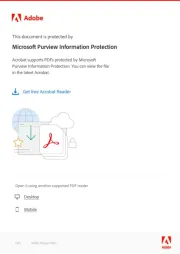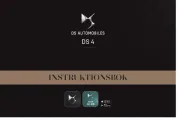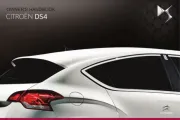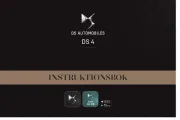GEM e6 (2016) Bruksanvisning
Läs gratis den bruksanvisning för GEM e6 (2016) (156 sidor) i kategorin Bil. Guiden har ansetts hjälpsam av 20 personer och har ett genomsnittsbetyg på 4.3 stjärnor baserat på 10.5 recensioner. Har du en fråga om GEM e6 (2016) eller vill du ställa frågor till andra användare av produkten? Ställ en fråga
Sida 1/156

Pantone 419C
2016 Owner's Manual for Maintenance and Safety
Read this manual carefully.
It contains important safety information.
Produktspecifikationer
| Varumärke: | GEM |
| Kategori: | Bil |
| Modell: | e6 (2016) |
Behöver du hjälp?
Om du behöver hjälp med GEM e6 (2016) ställ en fråga nedan och andra användare kommer att svara dig
Bil GEM Manualer

19 Februari 2025

19 Februari 2025

19 Februari 2025

21 September 2024

21 September 2024

21 September 2024

21 September 2024

21 September 2024

21 September 2024

21 September 2024
Bil Manualer
- Tesla
- Acura
- MG
- Lexus
- Pioneer
- Xpeng
- Mitsubishi
- Alfa Romeo
- Pontiac
- Audi
- Land Rover
- Honda
- ACME
- Dodge
- Marklin
Nyaste Bil Manualer

19 Oktober 2025

17 Oktober 2025

17 Oktober 2025

17 Oktober 2025

17 Oktober 2025

17 Oktober 2025

17 Oktober 2025

12 Oktober 2025

9 Oktober 2025

8 Oktober 2025